By James C. Sherlock
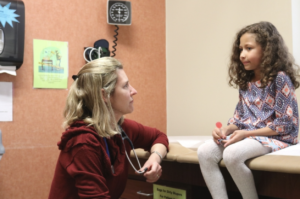
We have arrived today at a situation in which huge percentages of Virginia children and adolescents exhibit mental health problems.
Both sides of the political divide acknowledge the problem.
It’s existence is not up for debate.
Both blame the soaring pediatric mental health issues, a problem before COVID, on COVID school shutdowns that caused children to lose foundational developmental experiences that depend in part on socialization in schools and in part on interpersonal relationships with friends, both of which were profoundly interrupted.
Both sides acknowledge that minorities suffered worse than white kids.
That is where the agreements end.
Conservatives blame the disparate mental health impacts largely on easily observable inappropriate responses to COVID insisted upon by progressives and executed for far too long in progressive-run school divisions — in which minority children are mostly educated in America and in Virginia.
Progressives, by dogma never acknowledging agency in any problem, have actively tried to blame those same disparate impacts on institutional racism.
The facts are on the conservative side.
This article will show what progressives did and the results. Progressive dogma was the cause of extended school closures. Both the closures and disparate impacts happened disproportionately in progressive school divisions and progressive states.
So progressives closed the schools, closed them disproportionately on minority kids and now bemoan the outcomes of those closures as artifacts of systemic racism.
It reminds one of the story of the young man who killed his parents and asked the judge for leniency because he was an orphan.
It takes some combination of denial, an assumption that people who hear those claims are idiots, and Olympic-level audacity.
Racism, unless it was progressive racism, had nothing to do with it.
Closed Schools. The CDC noted a huge inequity in the access to full-time, in- person schooling among K-12 students nationwide.
Virginia was worse.
What the chart above does not tell you is that the vast majority of that disproportionality resulted from closures to in-person learning in progressive states and school divisions. Let’s look.
By state, we can see in the chart below that Virginia kept its schools closed to in-person instruction longer during the 2020-21 school year on average than all but six other states.
The chart presents school in-person teaching data collected by Burbio.com on 1146 school districts across the country covering over 48.4 million students. Virginia school divisions had an outsized representation in that mix, so data here were especially accurate.
Those data by Burbio.com report the status for each school district – which grades are in-person, virtual, or hybrid – for each week of the 2020-2021 academic year. Burbio actively monitored these districts and plans were reviewed every 72 hours to identify changes.
Next we look at Virginia’s mean percentage of students with full time in-person access to schools across the 2020-21 school year.
Full-time access in Virginia was only 12.2%. In the rest of the South, that figure was 62.5%.
Even within that very small percentage of Virginia kids with access to full-time in-person education, the mean difference in access for students of color in Virginia was much worse – twice as bad – as in other southern states.
Red states.
Where the smallest racially disproportionate impacts in the nation occurred.
Looking at a map below of the in-person index by county, we can see blue areas of the country and states clearly linked to closed schools. Blue areas shut their schools to in-person learning much longer.
Schools in divisions in some progressive areas of Virginia and nationwide stayed closed to in-person learning an entire year longer than those in conservative areas.
An entire school year.
Let’s look at schools closed to in-person learning in a time lapse.
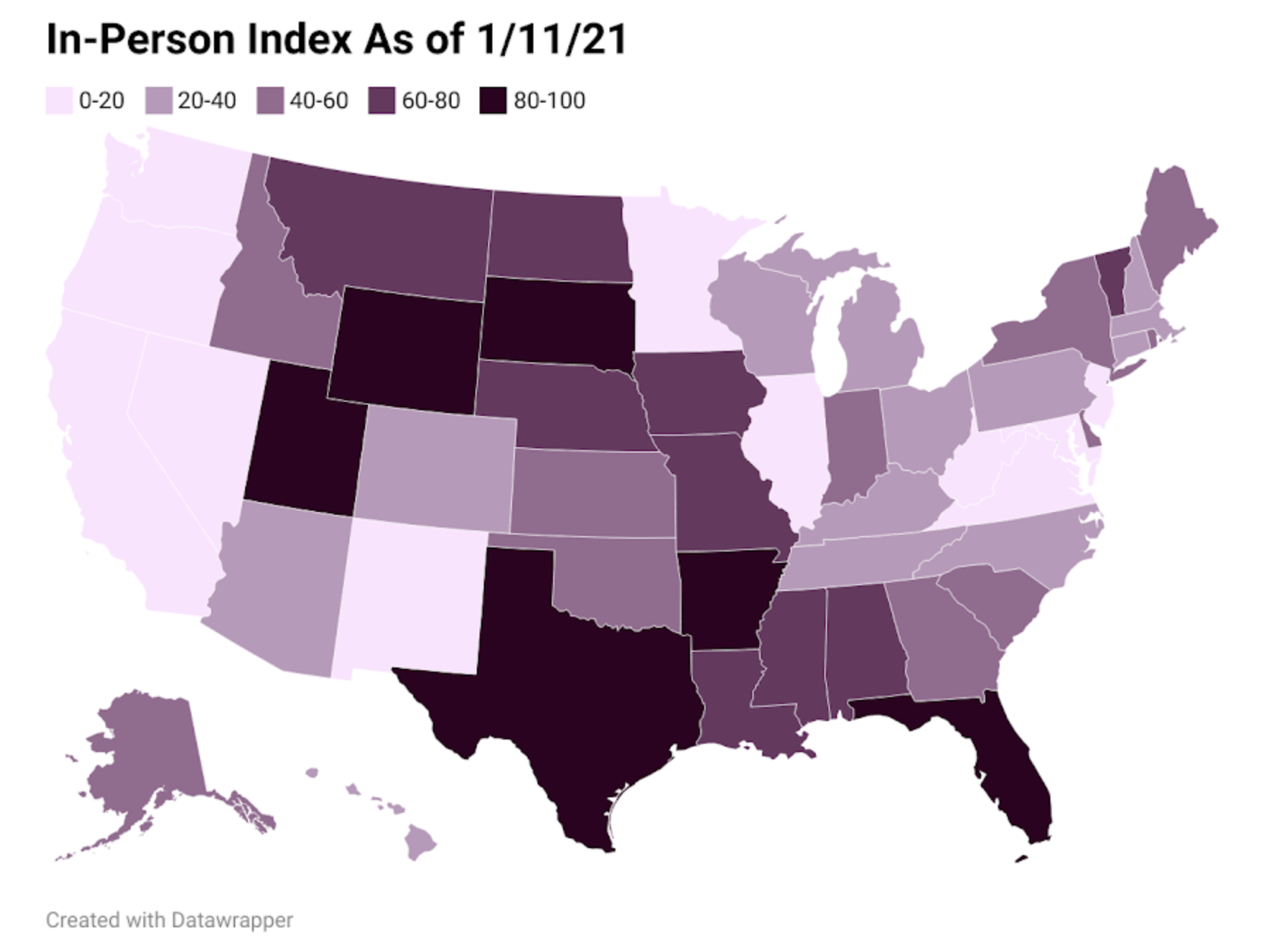
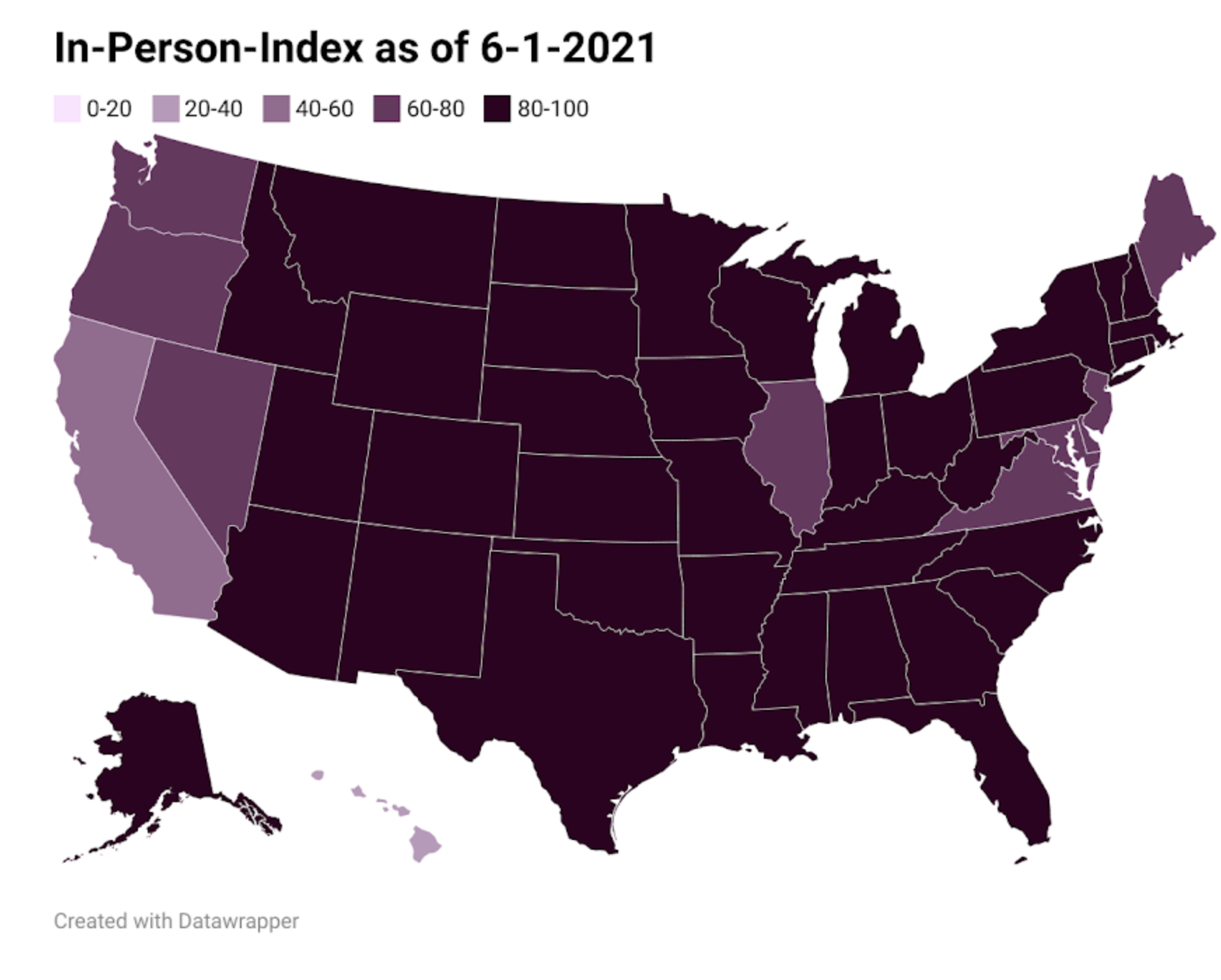 Those large differentials in out-of-school time are indeed a tribute to the effectiveness of progressive public campaigns to scare parents and keep schools closed.
Those large differentials in out-of-school time are indeed a tribute to the effectiveness of progressive public campaigns to scare parents and keep schools closed.
To which, as seen above, school boards in Virginia under Dr. Ralph Northam were particularly vulnerable.
The fact that the adverse mental health and behavioral effects of COVID school shutdowns are both disproportionate to minorities and directly attributable to progressives is there for all to see.
The all-out progressive campaign to keep schools closed. Public schools in progressive divisions demonstrably did not have to be closed for most or all of the 2020-21 school year to protect public health. But:
- Progressive big medicine, organized in government and in the national lobbying arms of physician and psychologist groups in Washington, demanded it.
- Teachers unions demanded it. Terry McAuliffe even proudly campaigned for Governor with the queen of closed schools, AFT President Randi Weingarten.
Such progressives always wanted to have it both ways.
“It is important to open the schools, but ….”
Catholic schools in Virginia were open that entire school year of 2020-21 without negative consequences. Public schools in some conservative-led divisions were also open all year.
But somehow in the progressive narrative disparate impact was the result of systemic racism.
If true, it is their own.
Masks. All you need to know about the big medicine progressive mask fetish is that masks for children as young as two years old are still recommended by the CDC for K-12 Schools and Early Care and Education Programs to Support Safe In-Person Learning.
Going out on a limb, CDC states
mask use is not recommended for children ages younger than 2 years.
I’ll write that down for when I need it.
Bottom line. Closed schools and masked two-year-olds are things that progressives, having captured both government public health agencies and the leadership of medical associations, demanded.
Those calls were amplified loudly and endlessly by the progressive press, which is nearly all of it.
In places in Virginia where their demands were met, the mental health crisis among children and adolescents metastasized far longer than it needed to.
Those divisions educate most of our minority kids.
On Dec. 7, 2021, the damage done, the American Academy of Pediatrics, American Academy of Child and Adolescent Psychiatry, and Children’s Hospital Association jointly acknowledged the problem and assessed the cause of disproportionate impacts.
As health professionals dedicated to the care of children and adolescents, we have witnessed soaring rates of mental health challenges among children, adolescents, and their families over the course of the COVID-19 pandemic, exacerbating the situation that existed prior to the pandemic.
Children and families across our country have experienced enormous adversity and disruption.
Then there followed this:
The inequities that result from structural racism have contributed to disproportionate impacts on children from communities of color.
Nothing to see here. Just traditional structural racism at play.
Now those same false prophets are providing advice about what to do about the problem with the supply of mental health professionals utterly and demonstrably inadequate to their recommendations.
Bravo to improved mental health care. Our Governor has made it his signature issue. But progressives pretend it is just a matter of money. They recommend vast new expenditures on non-existent excess supplies of professionals and expanding the role of schools in mental health.
Schools do not have the bandwidth in the school day to accommodate, much less treat, kids whose mental health issues result in disruptions that exceed what teachers and principals can deal with.
So caveat emptor. Here they come again.
Post script. I will offer a series of articles on this issue – mental health and Virginia public schools.
The next one will provide additional background for how we got to where we are today.
Other parts will examine critically what progressives organized in government and in the leadership of the medical societies recommend we do about it.
Finally, we will examine what the Youngkin administration plans to do about it.
Few things in Virginia are more important than the impact of all of that on schools and the mental health of our children and adolescents.

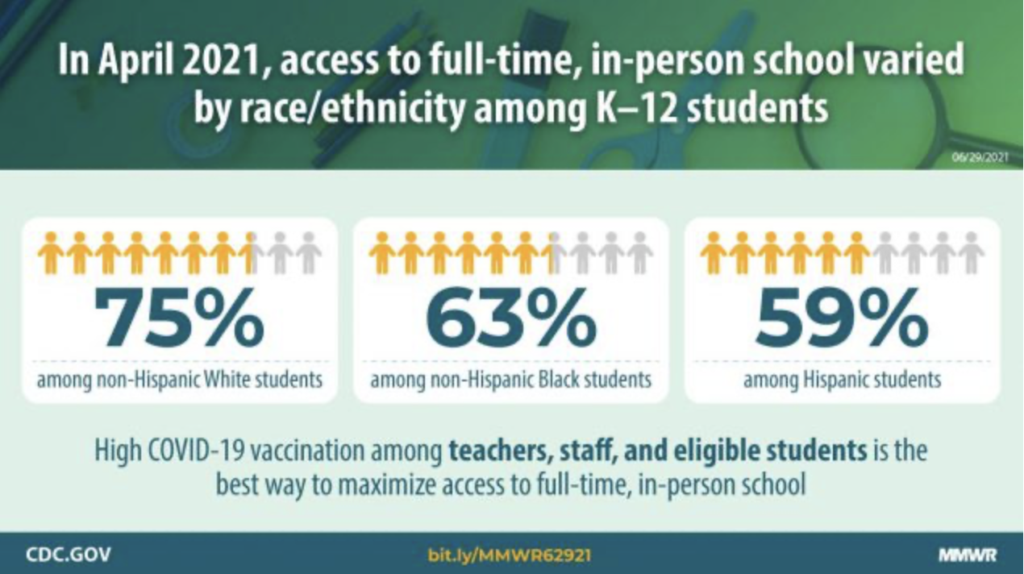
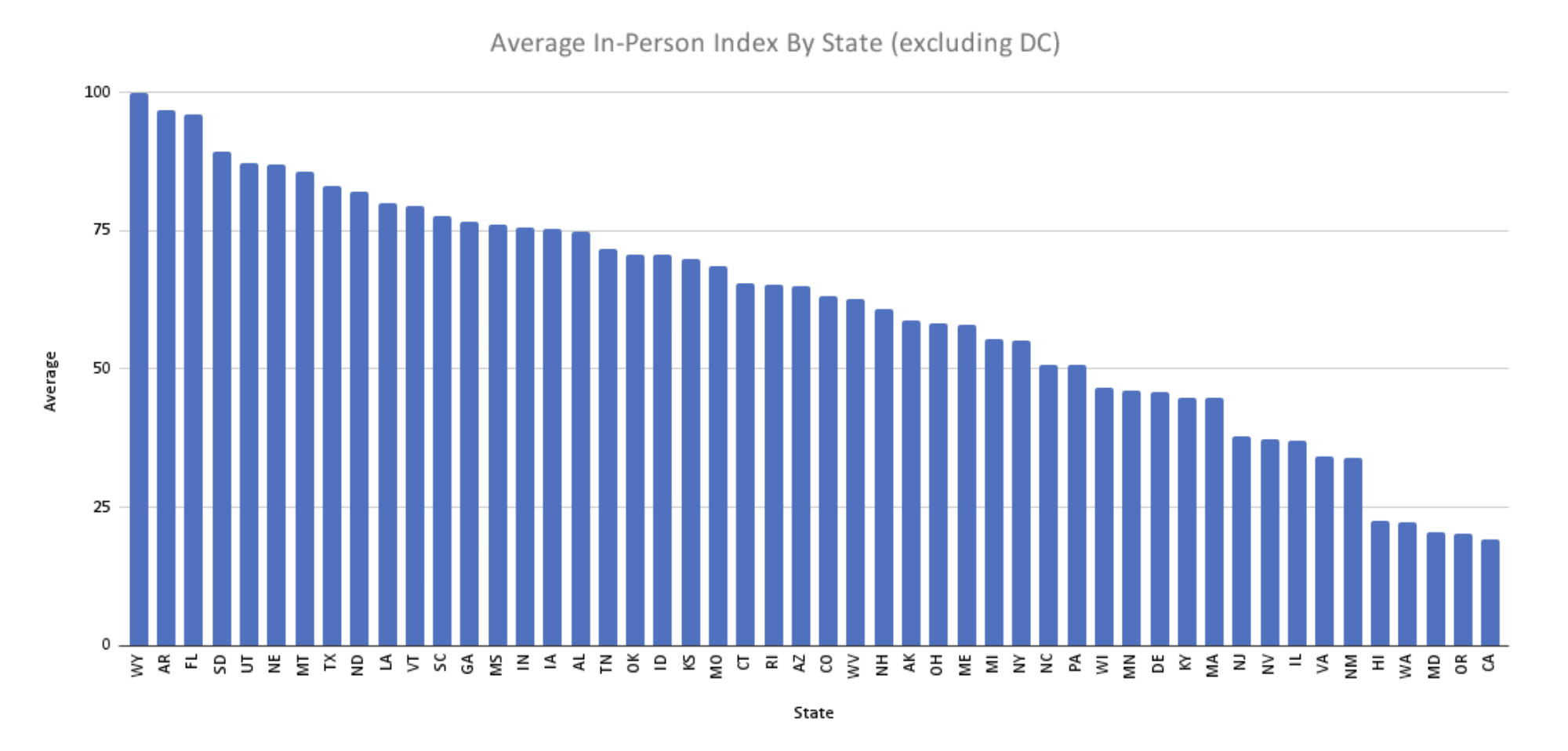
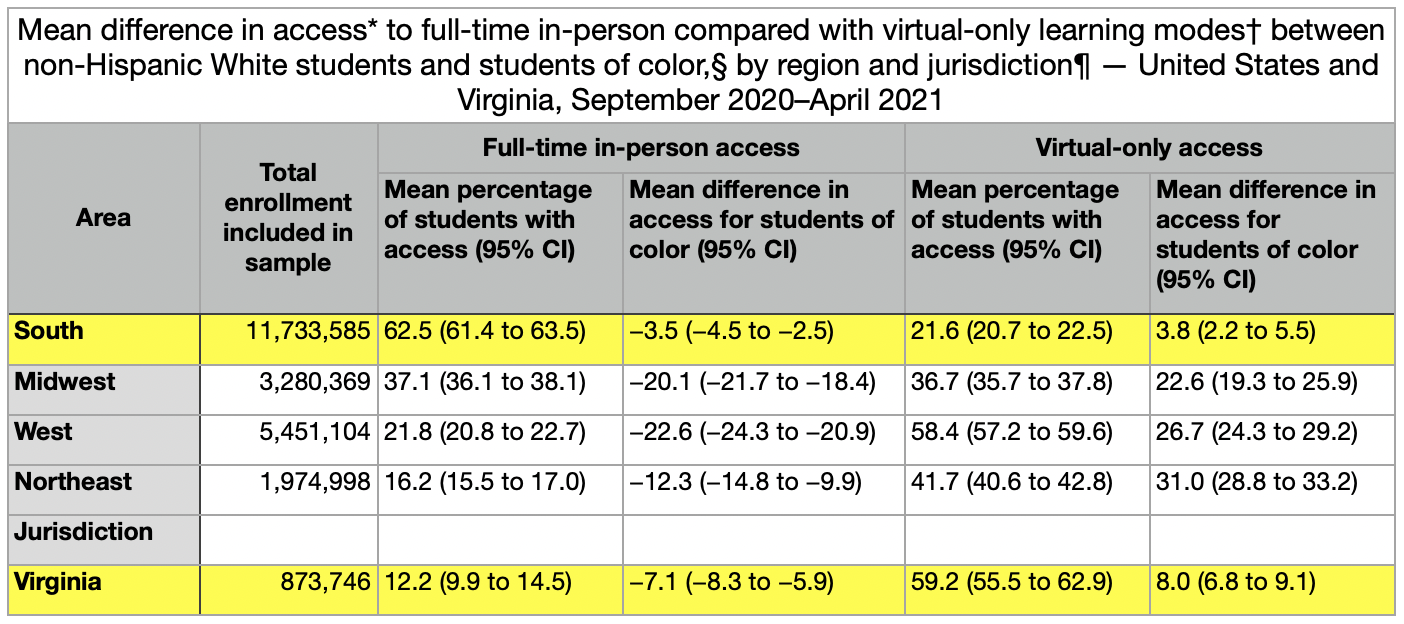

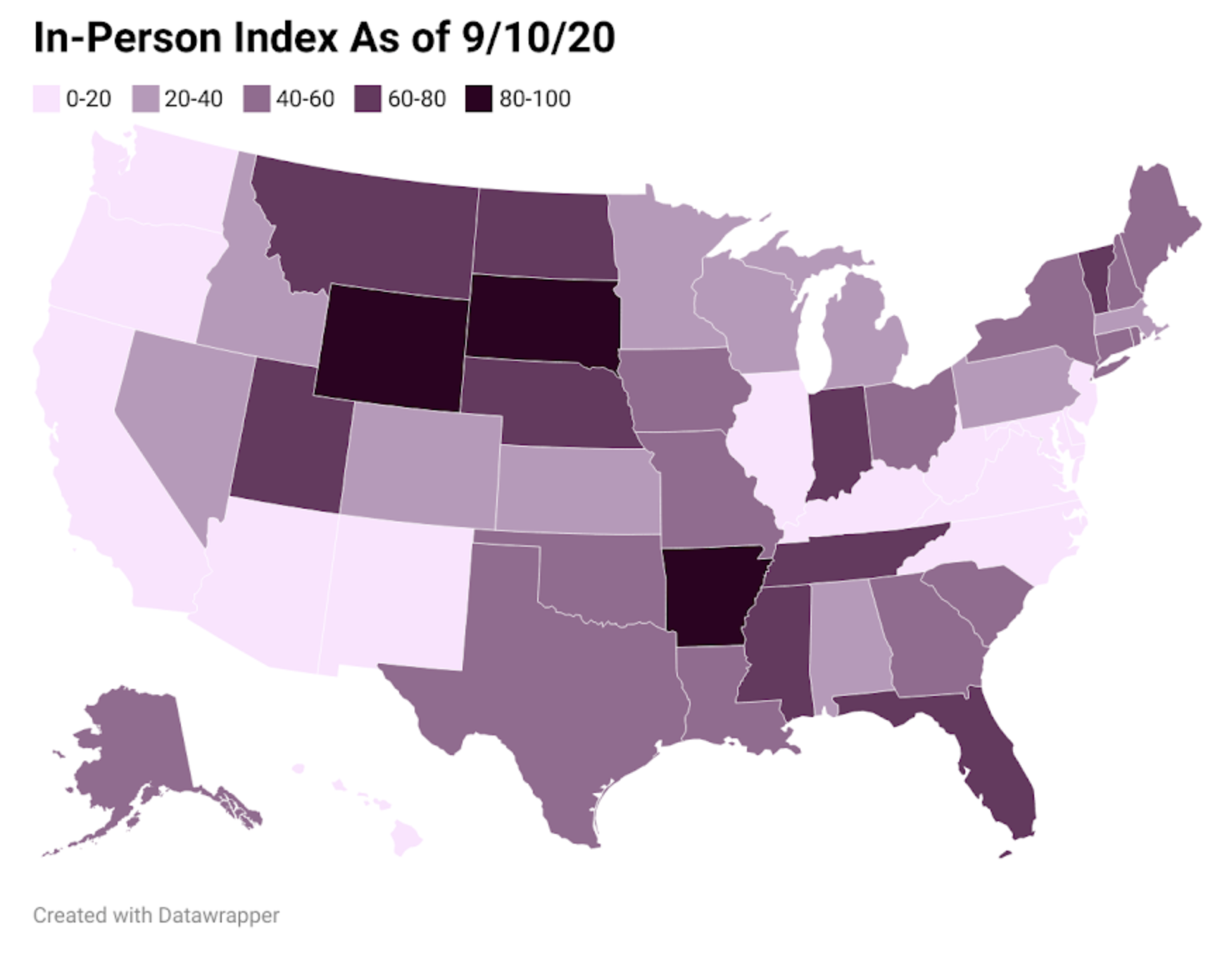
Leave a Reply
You must be logged in to post a comment.